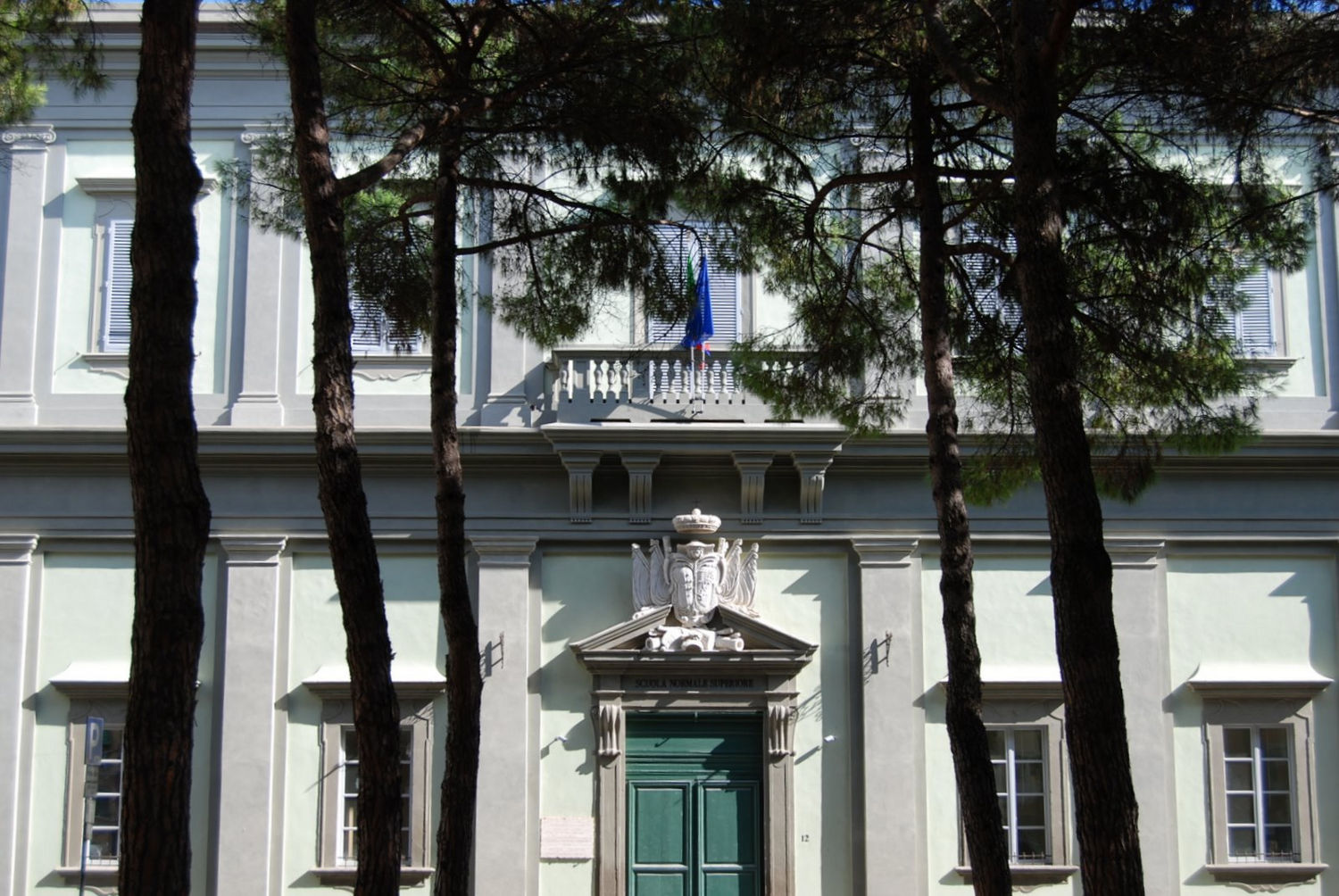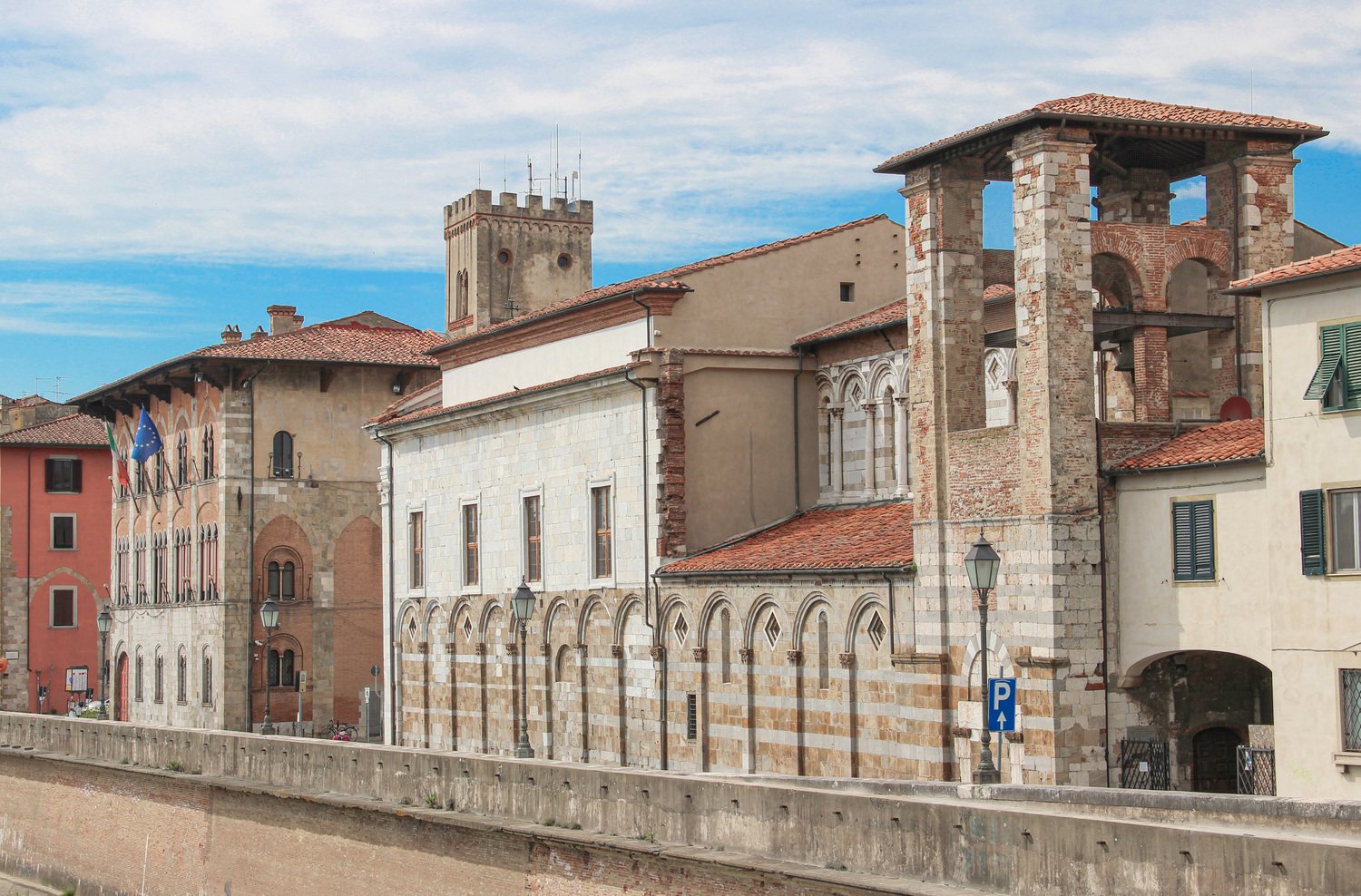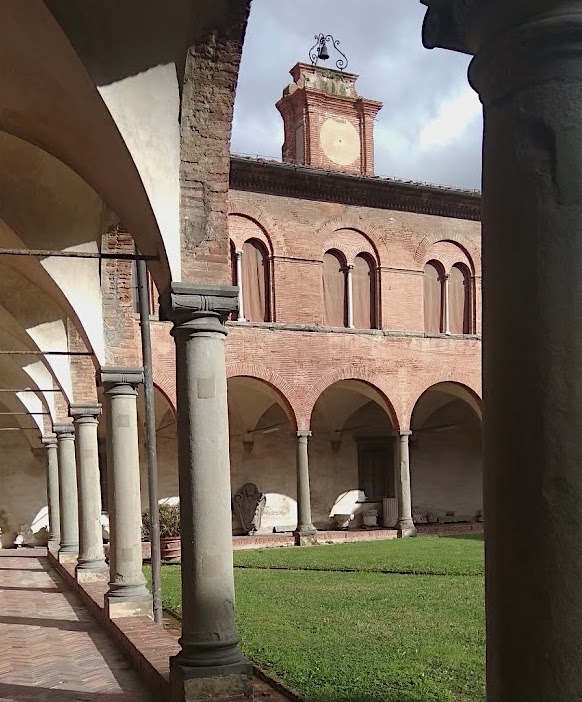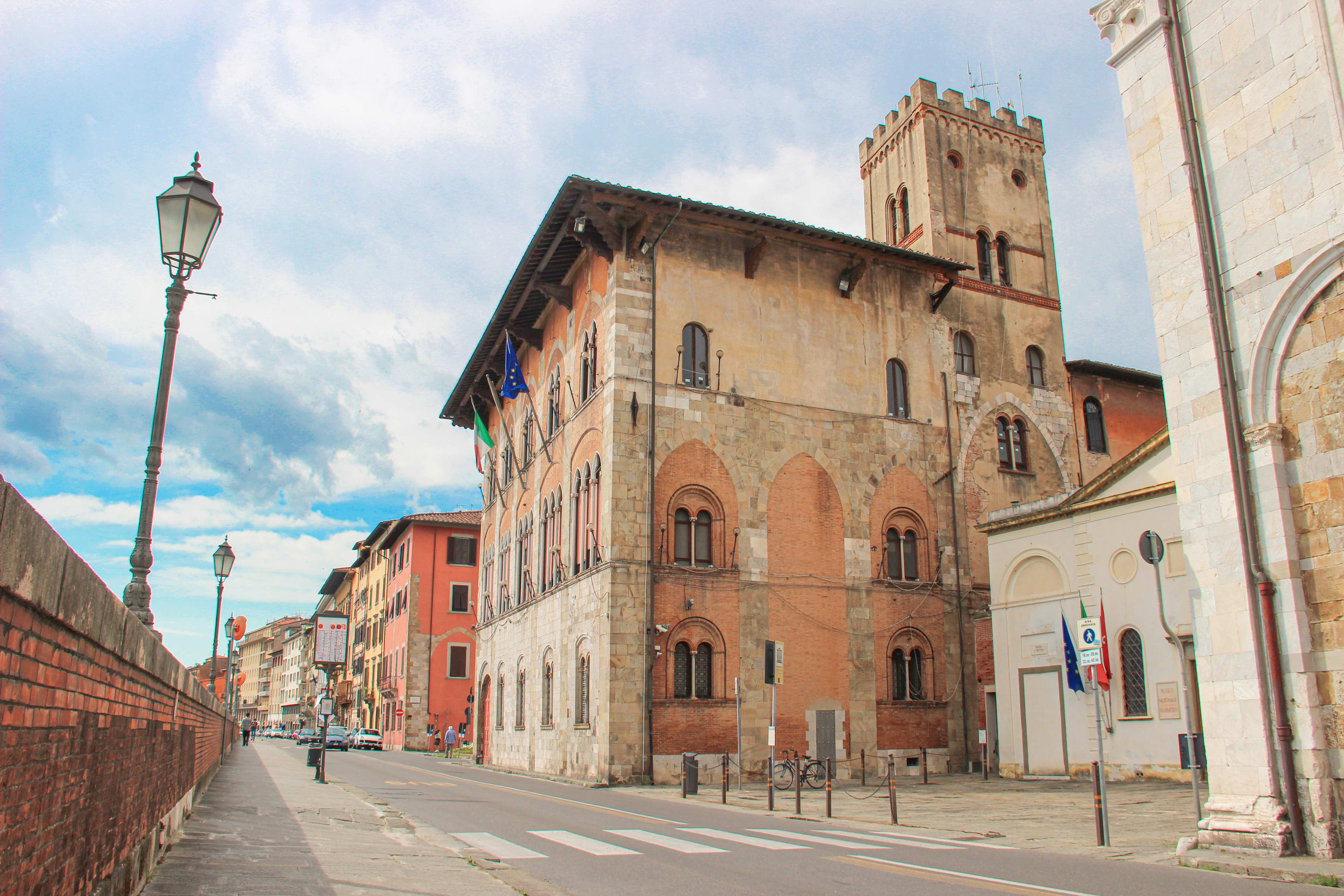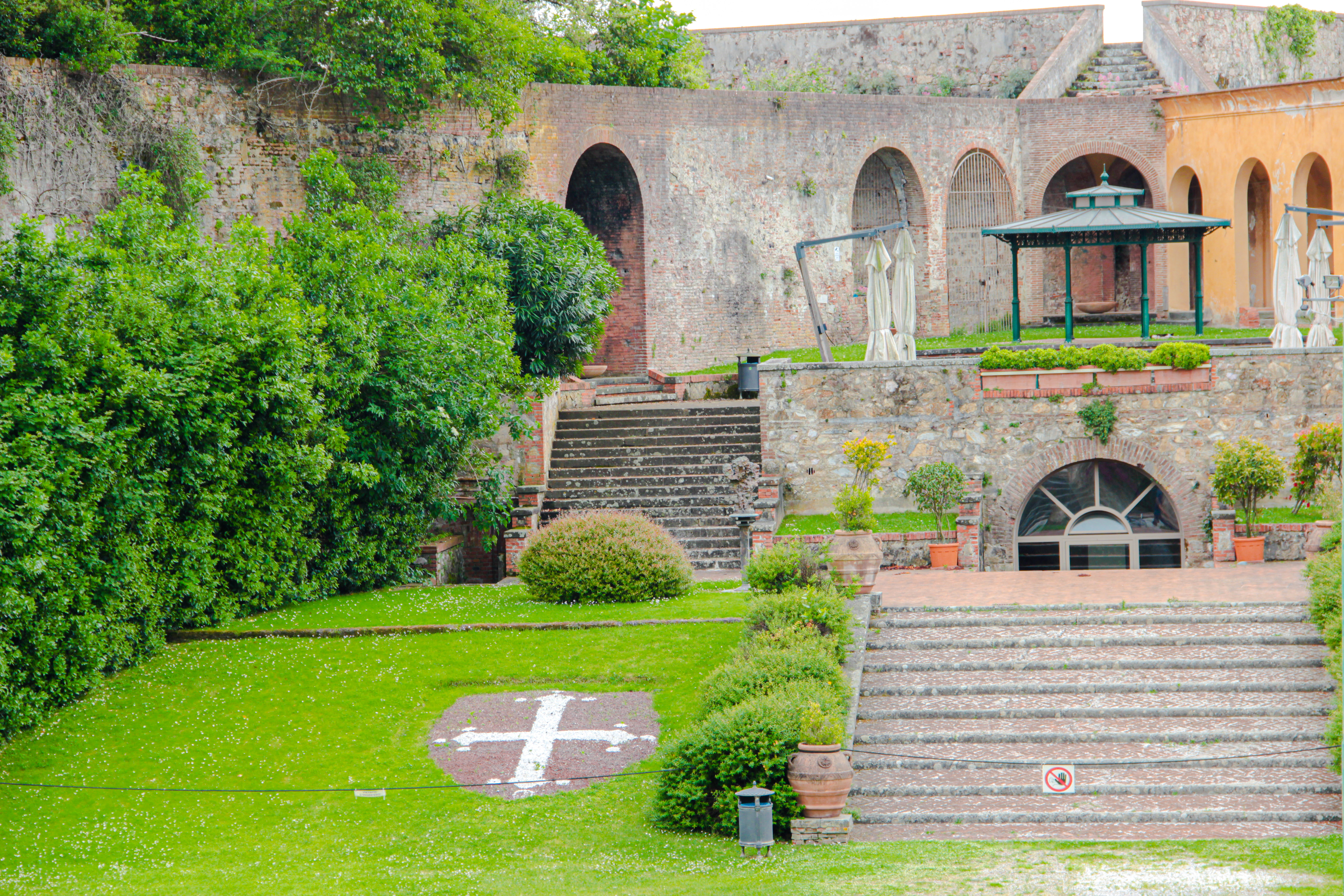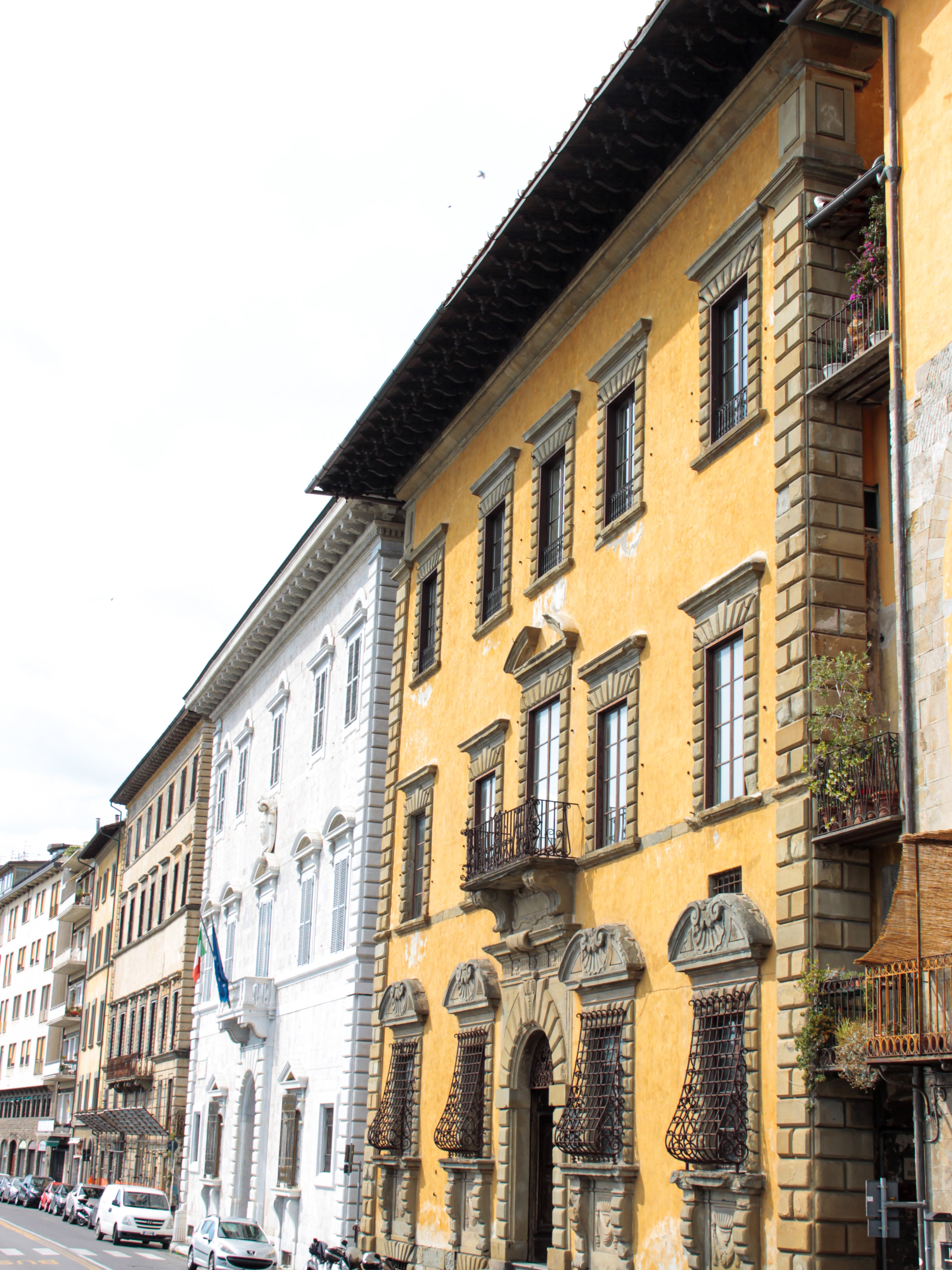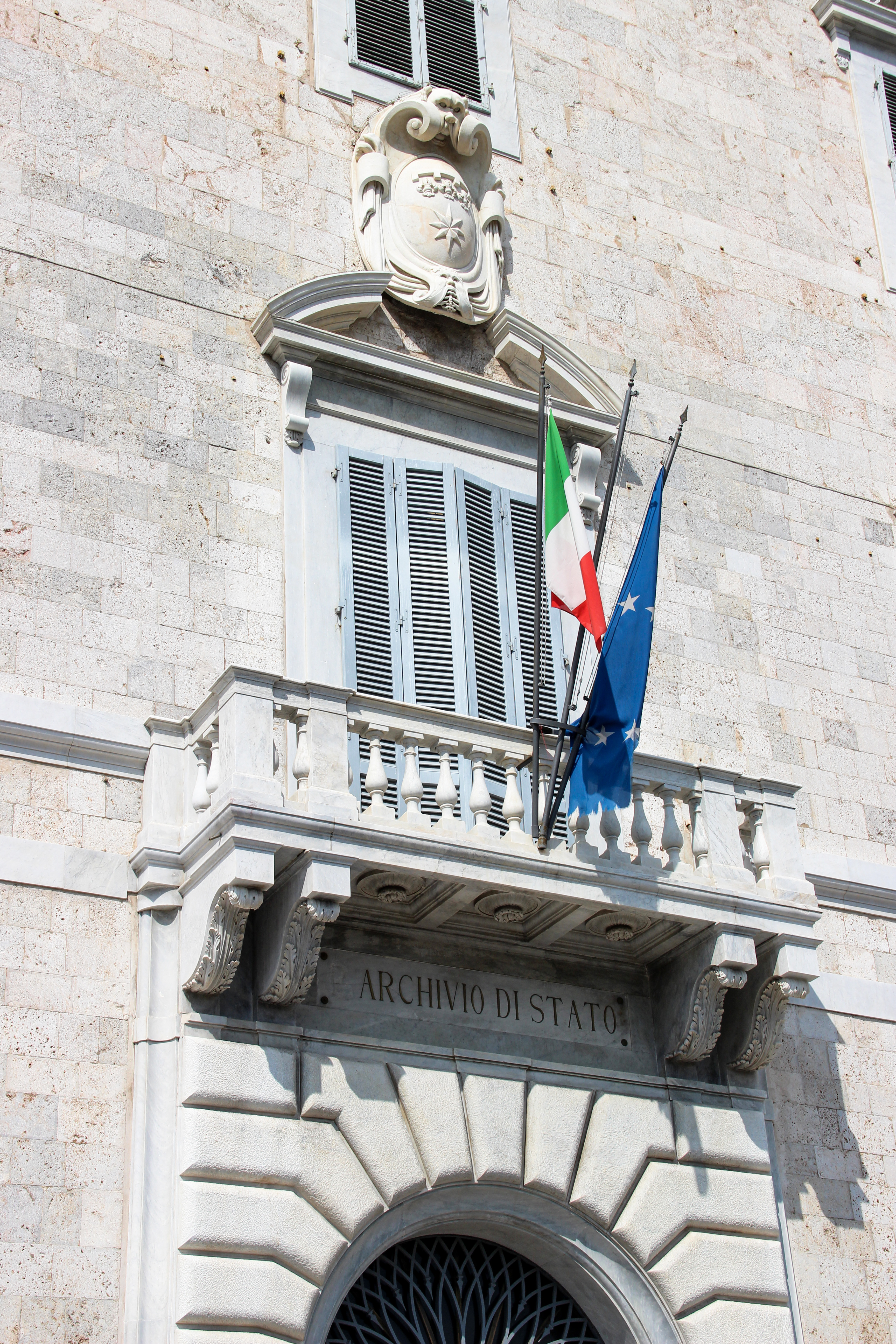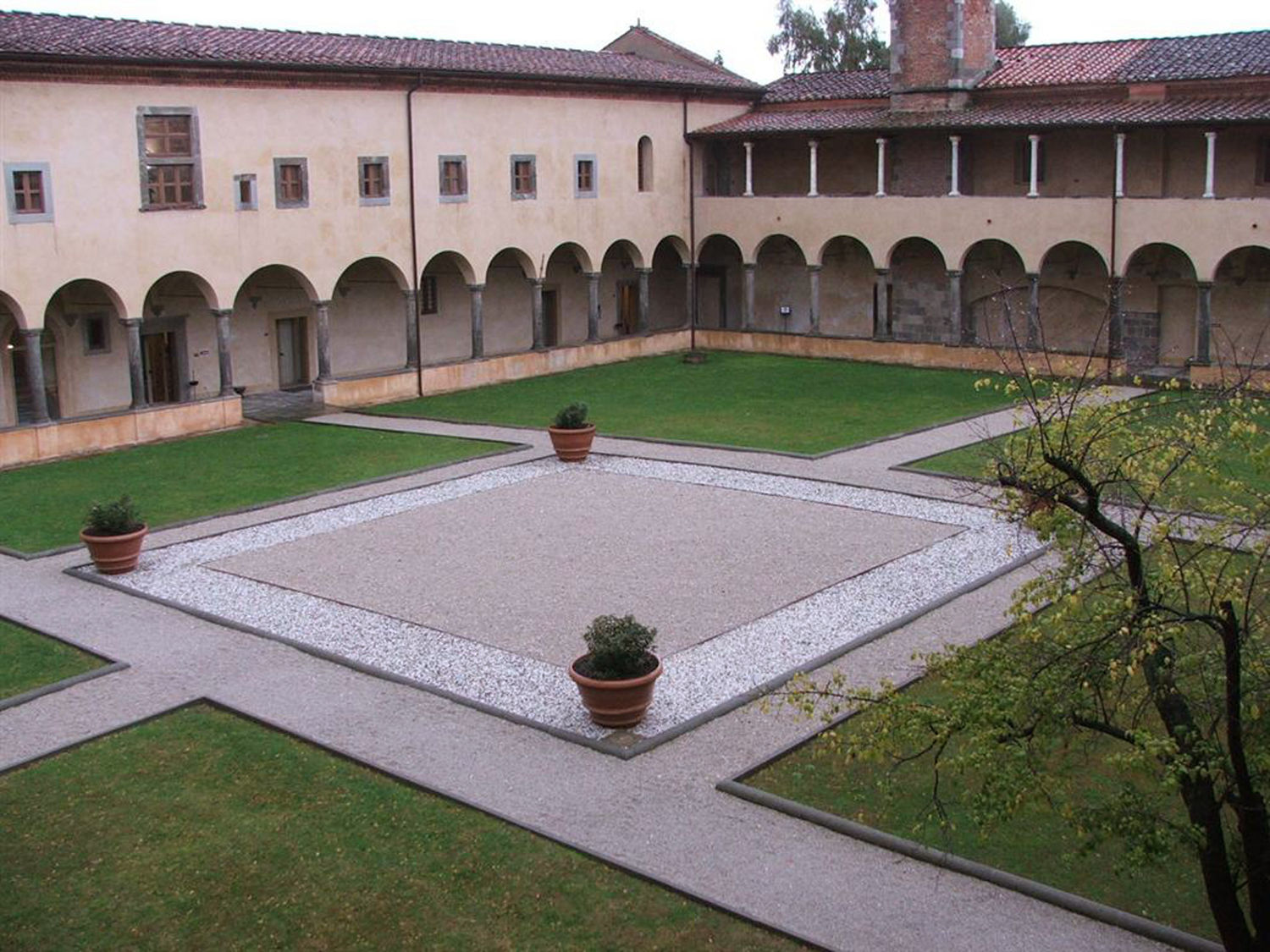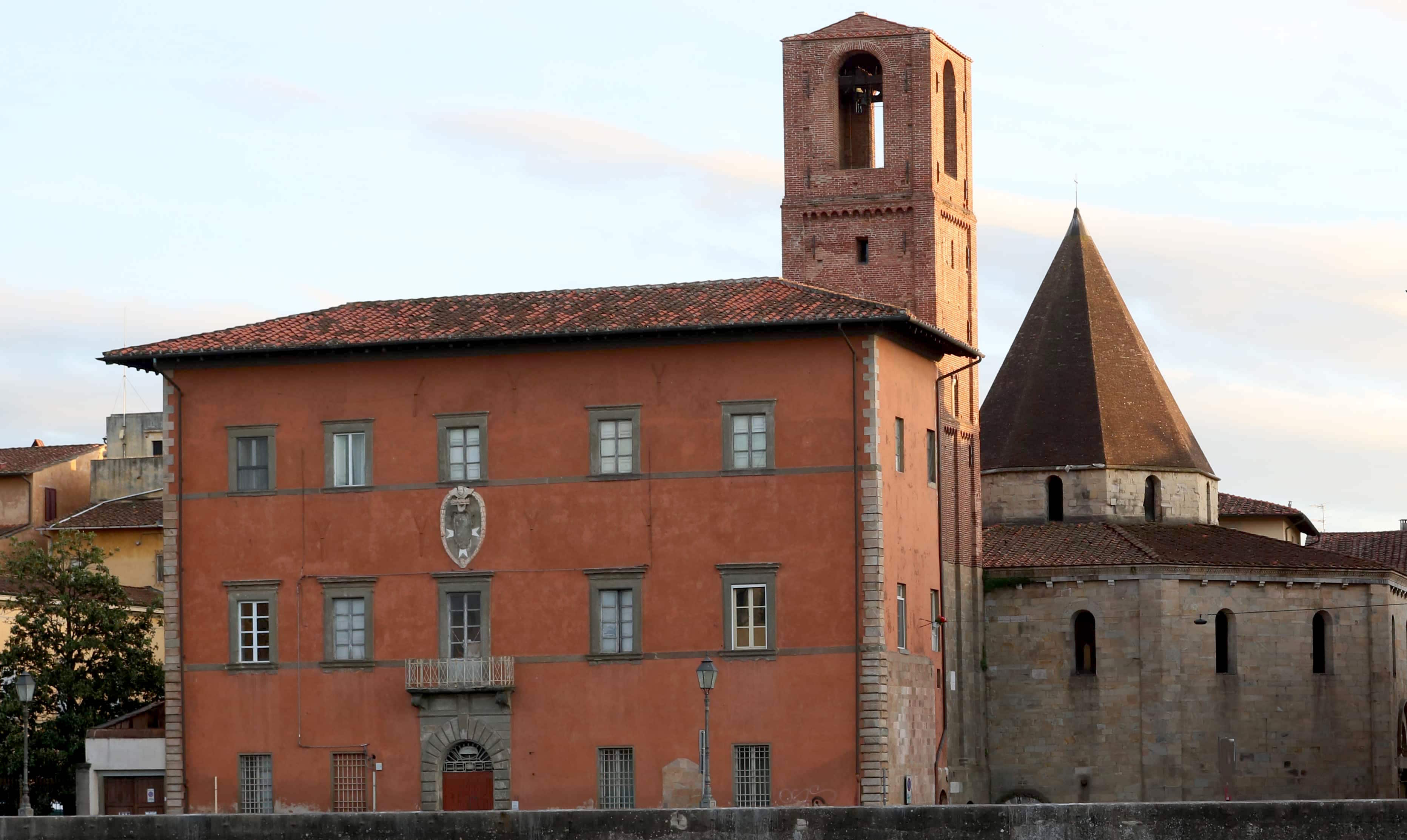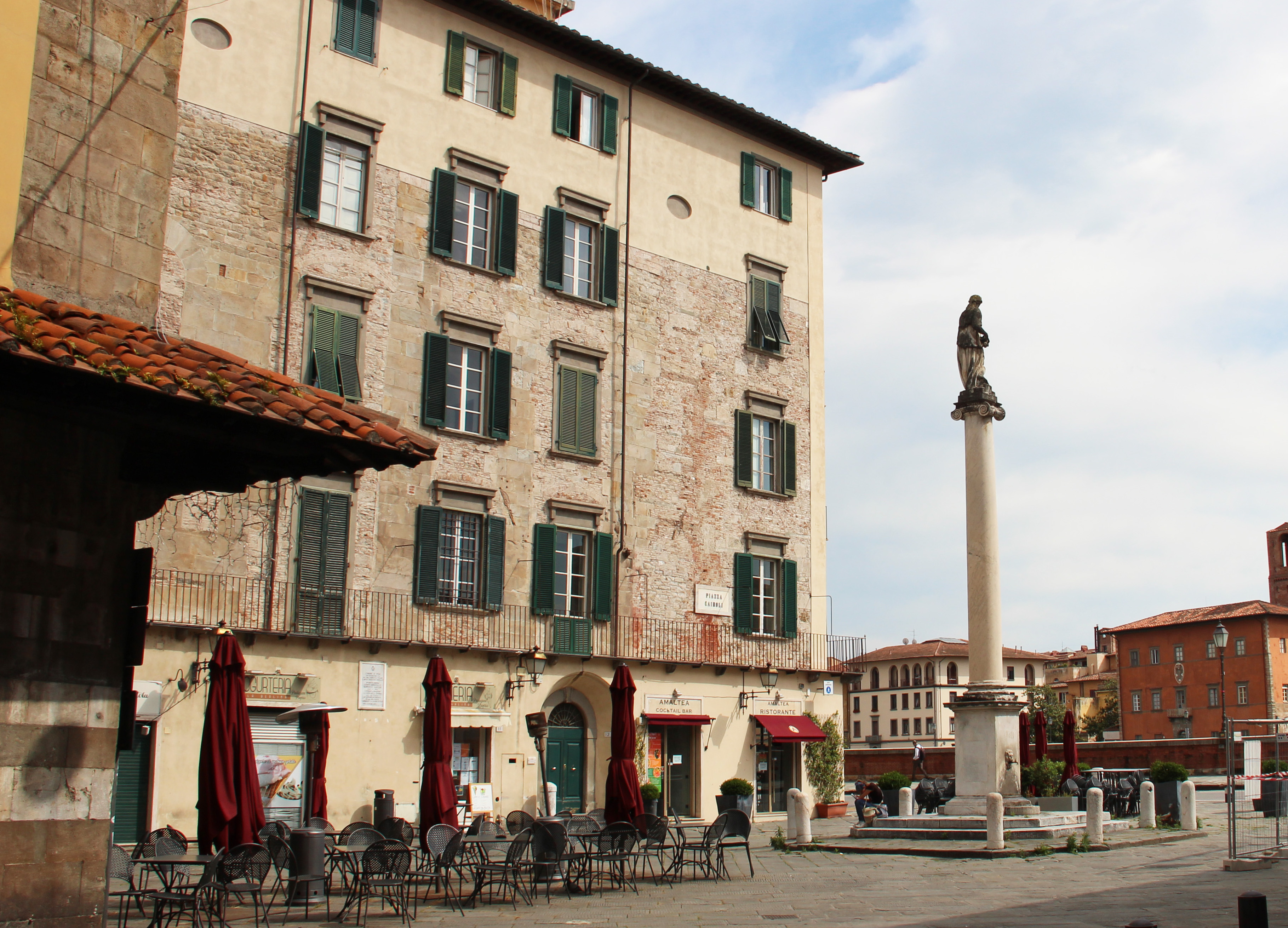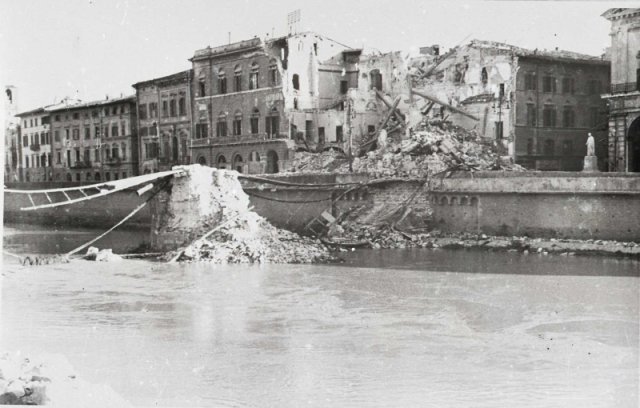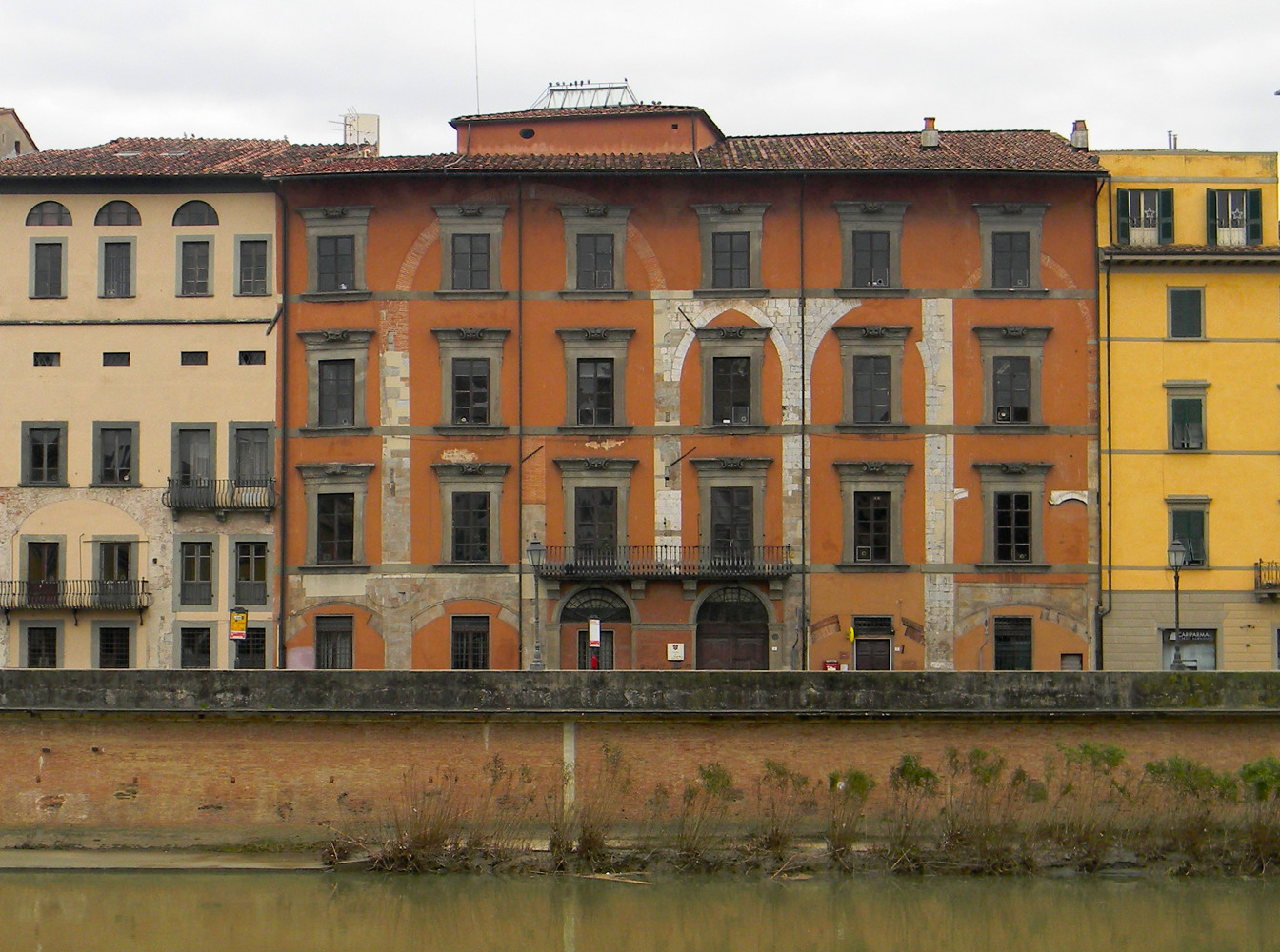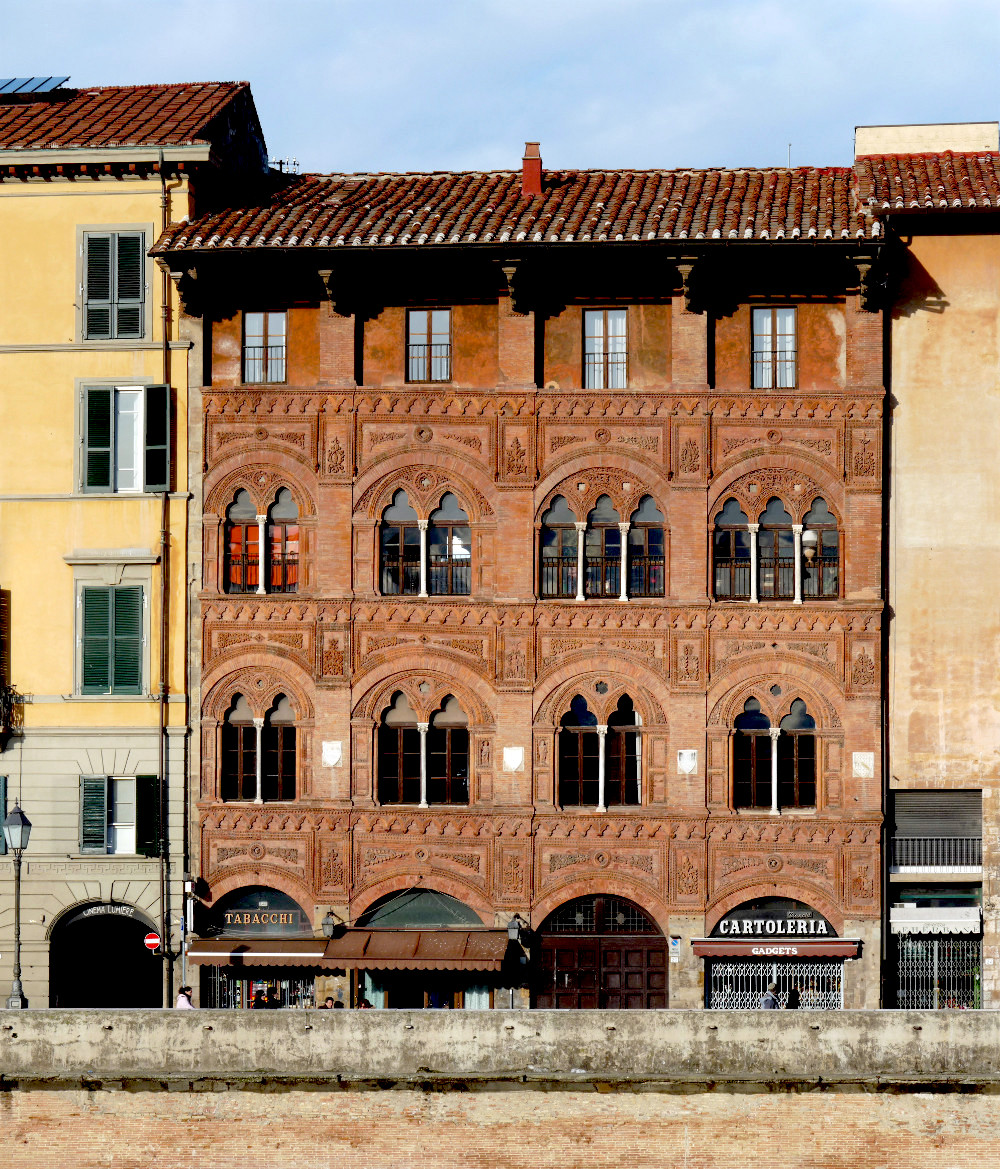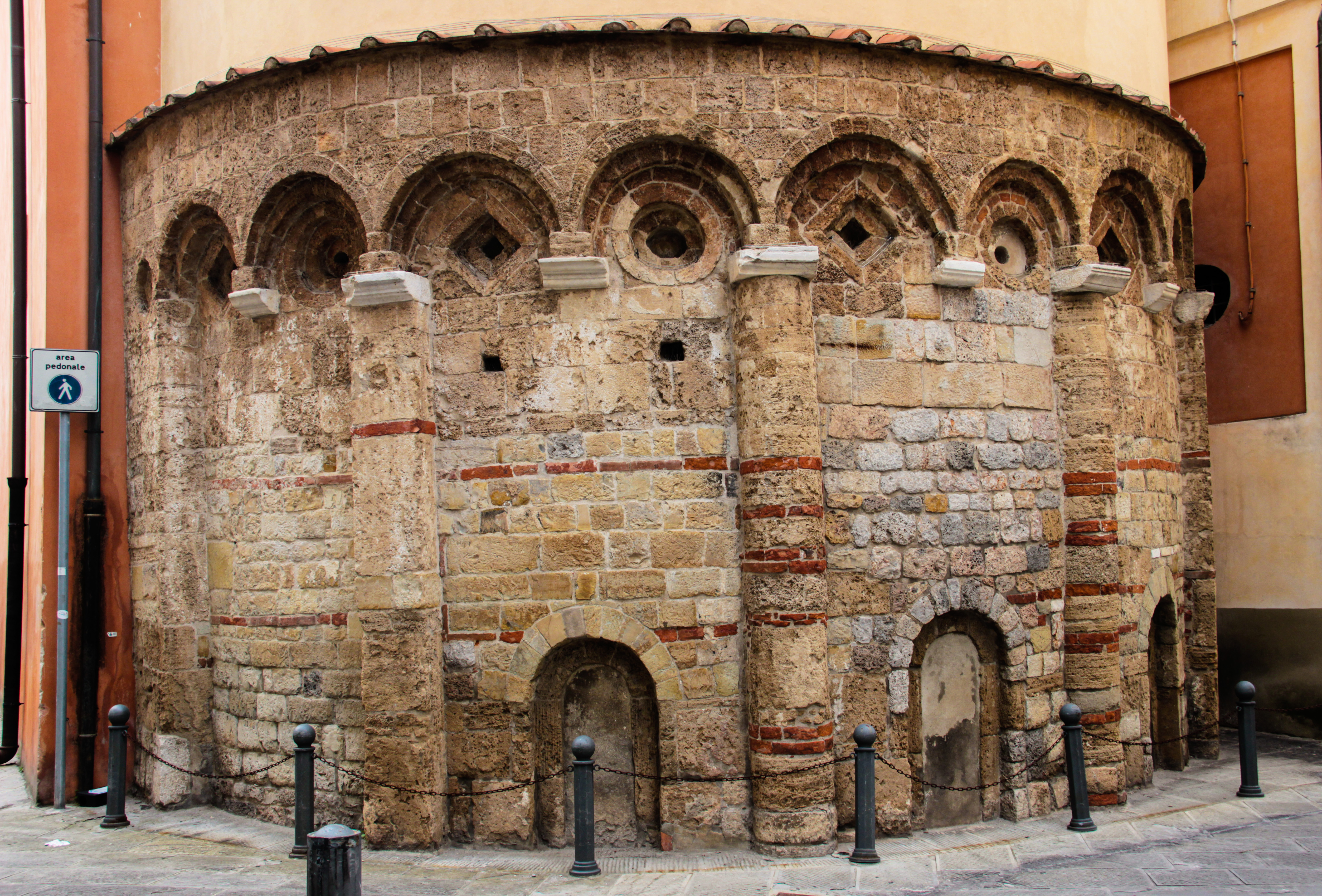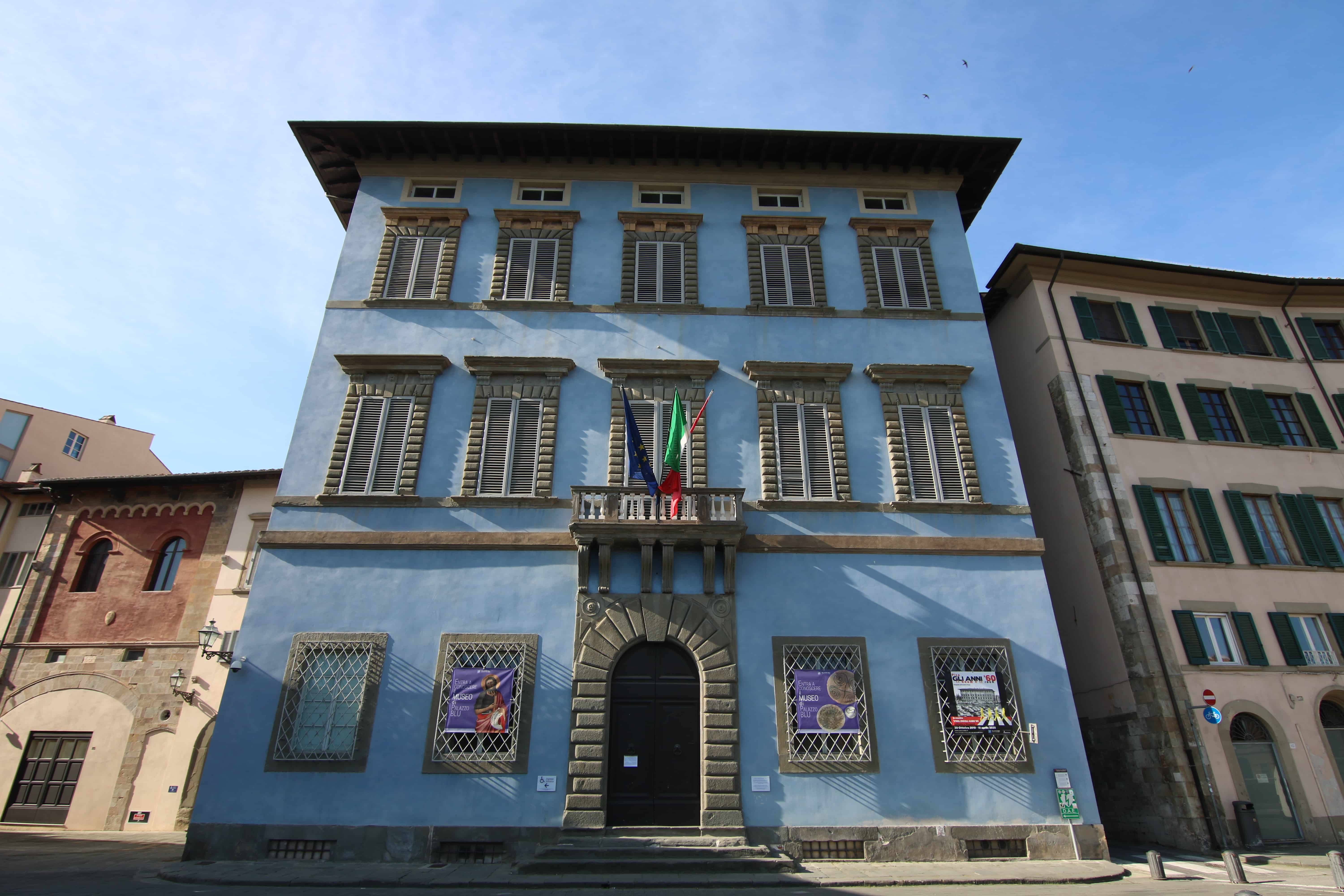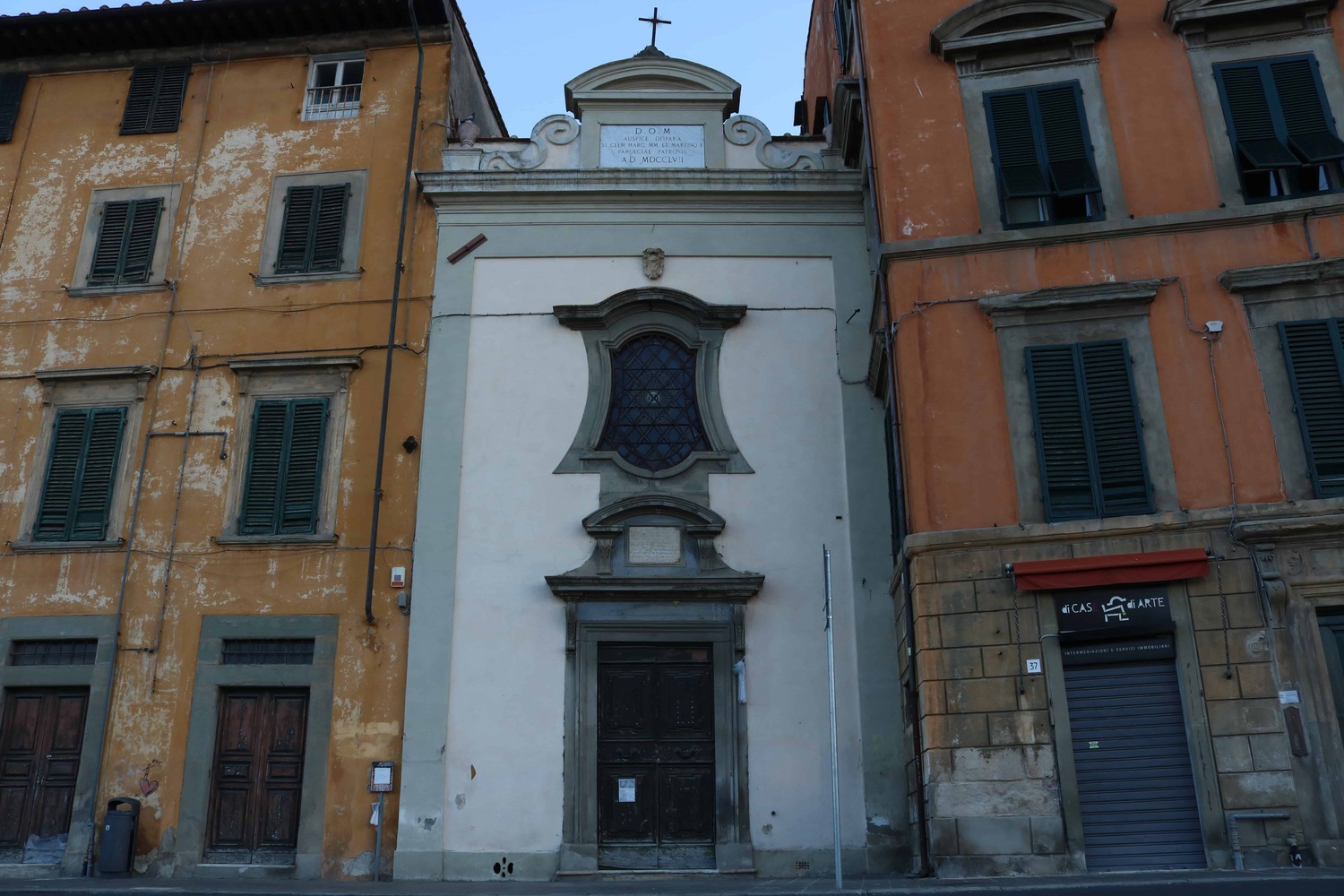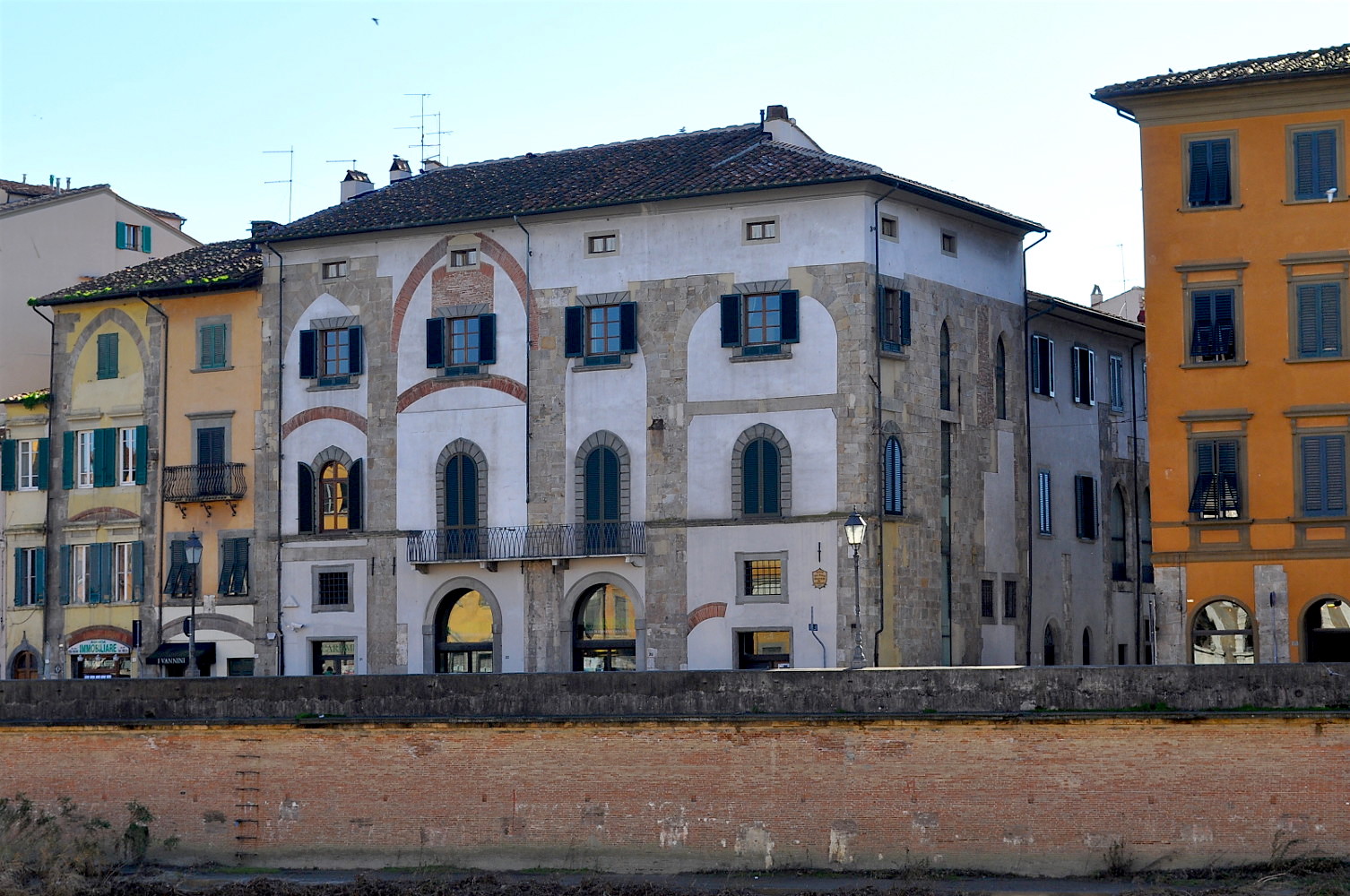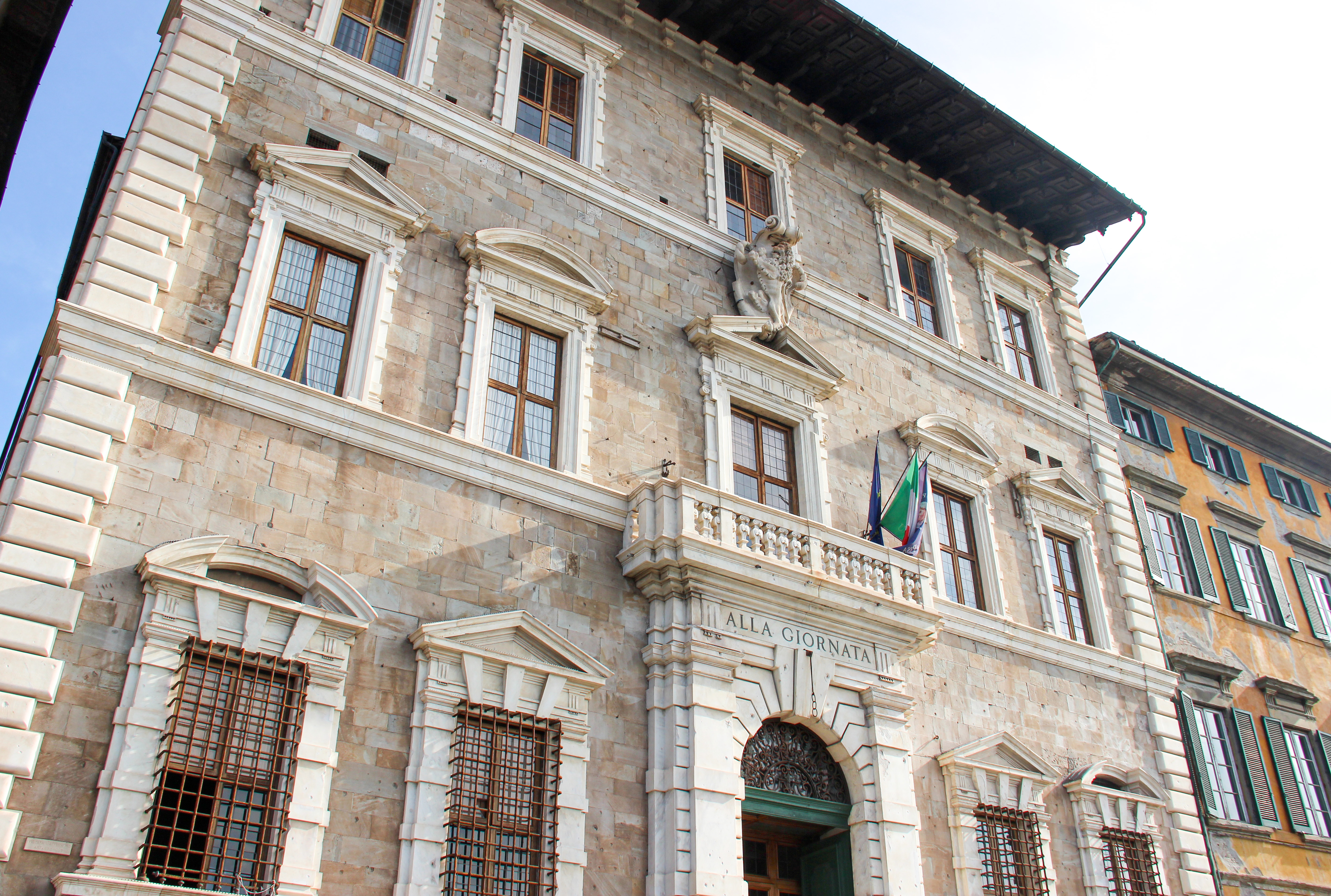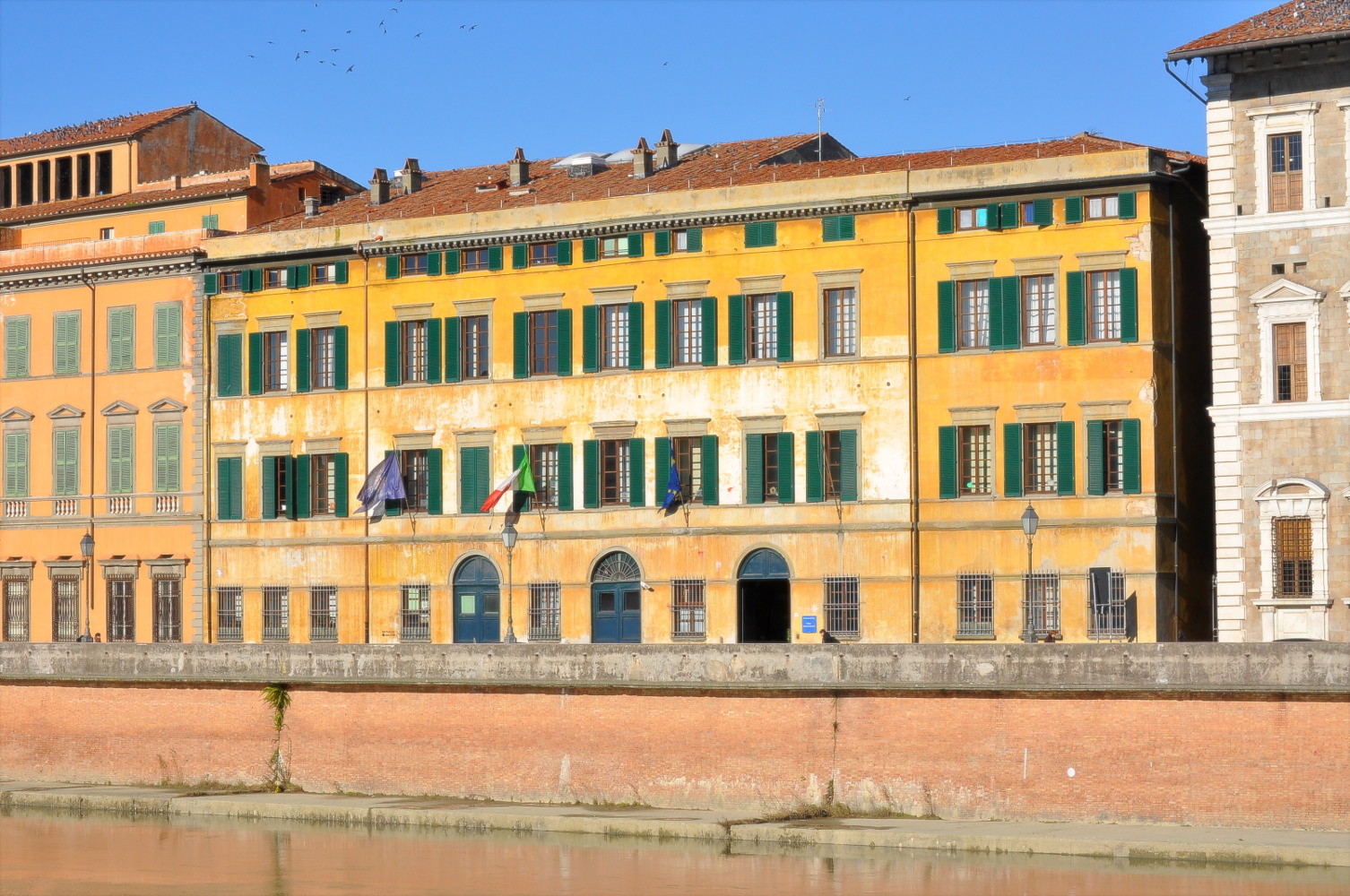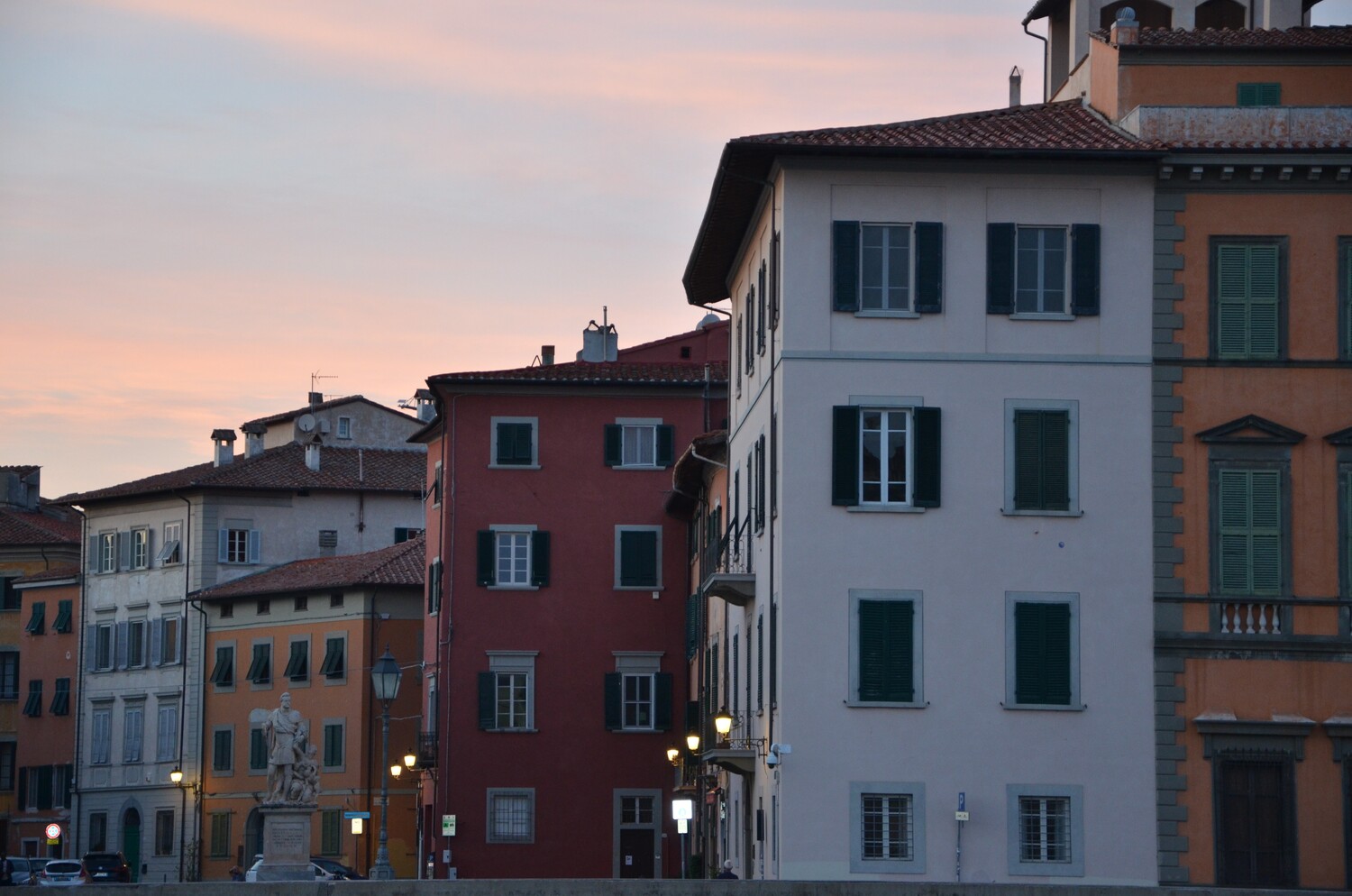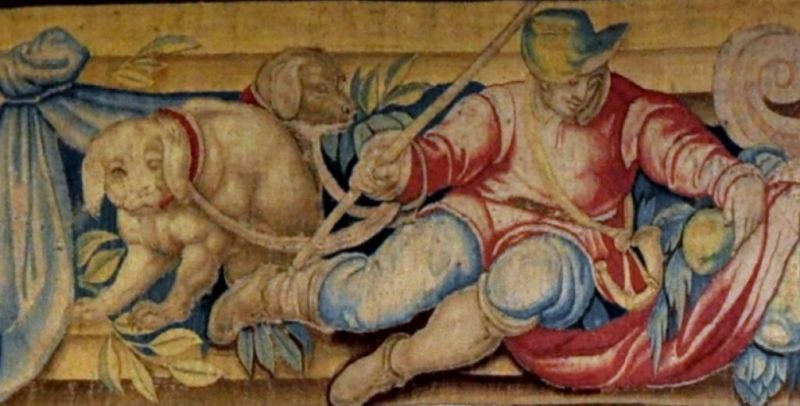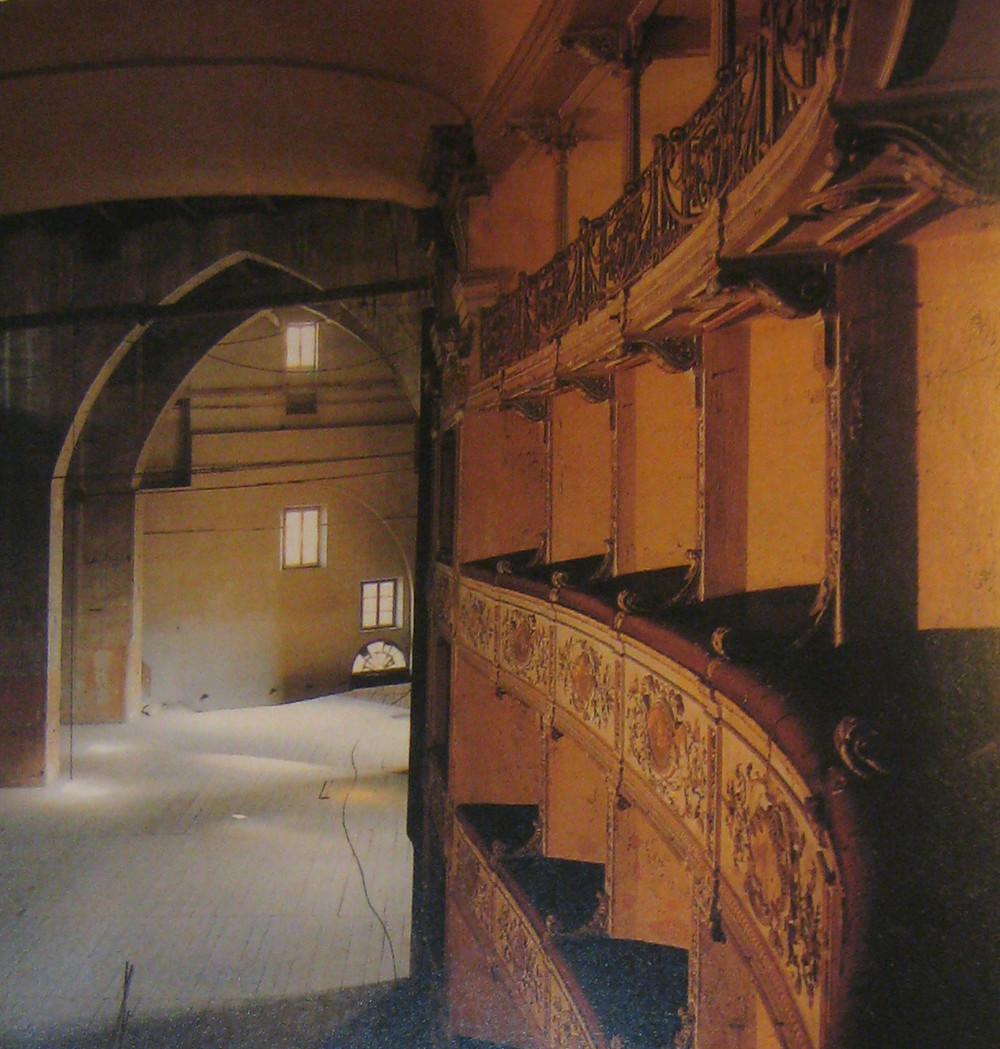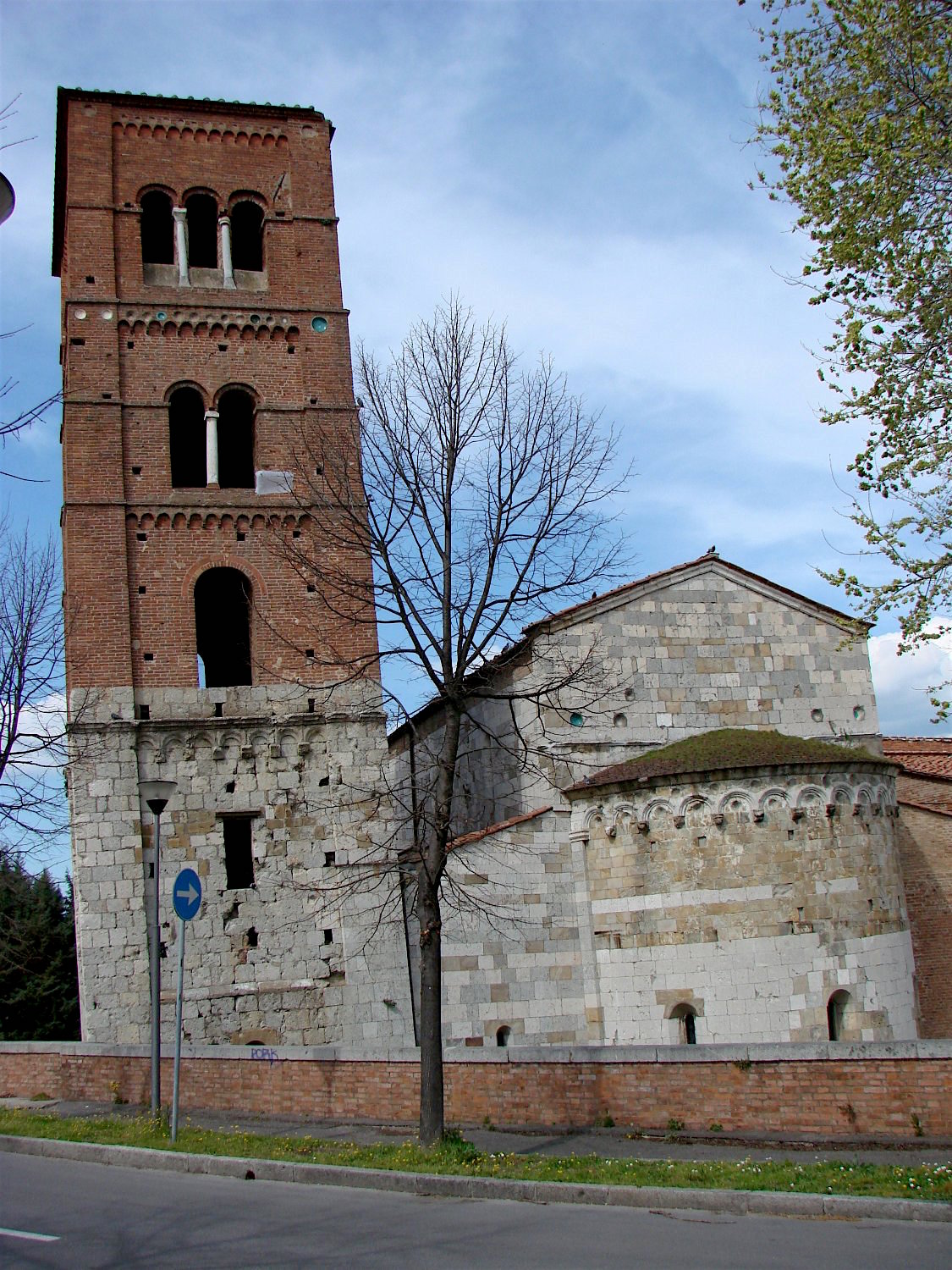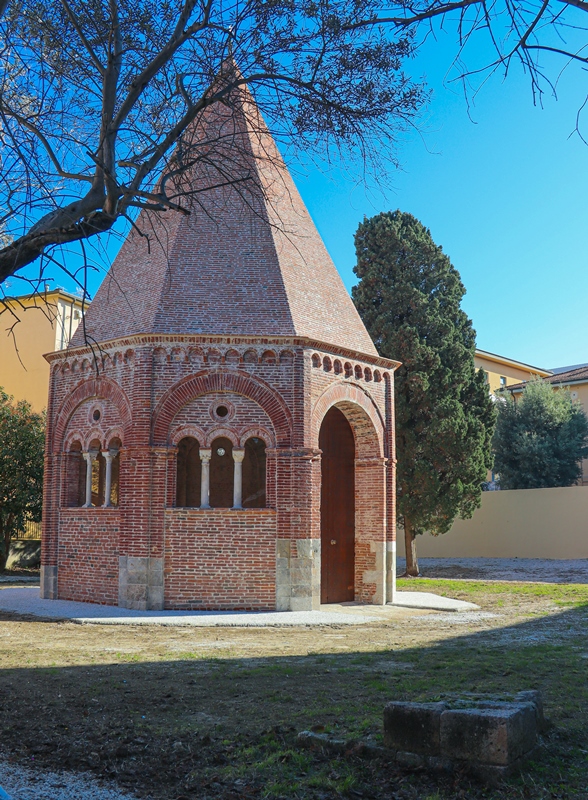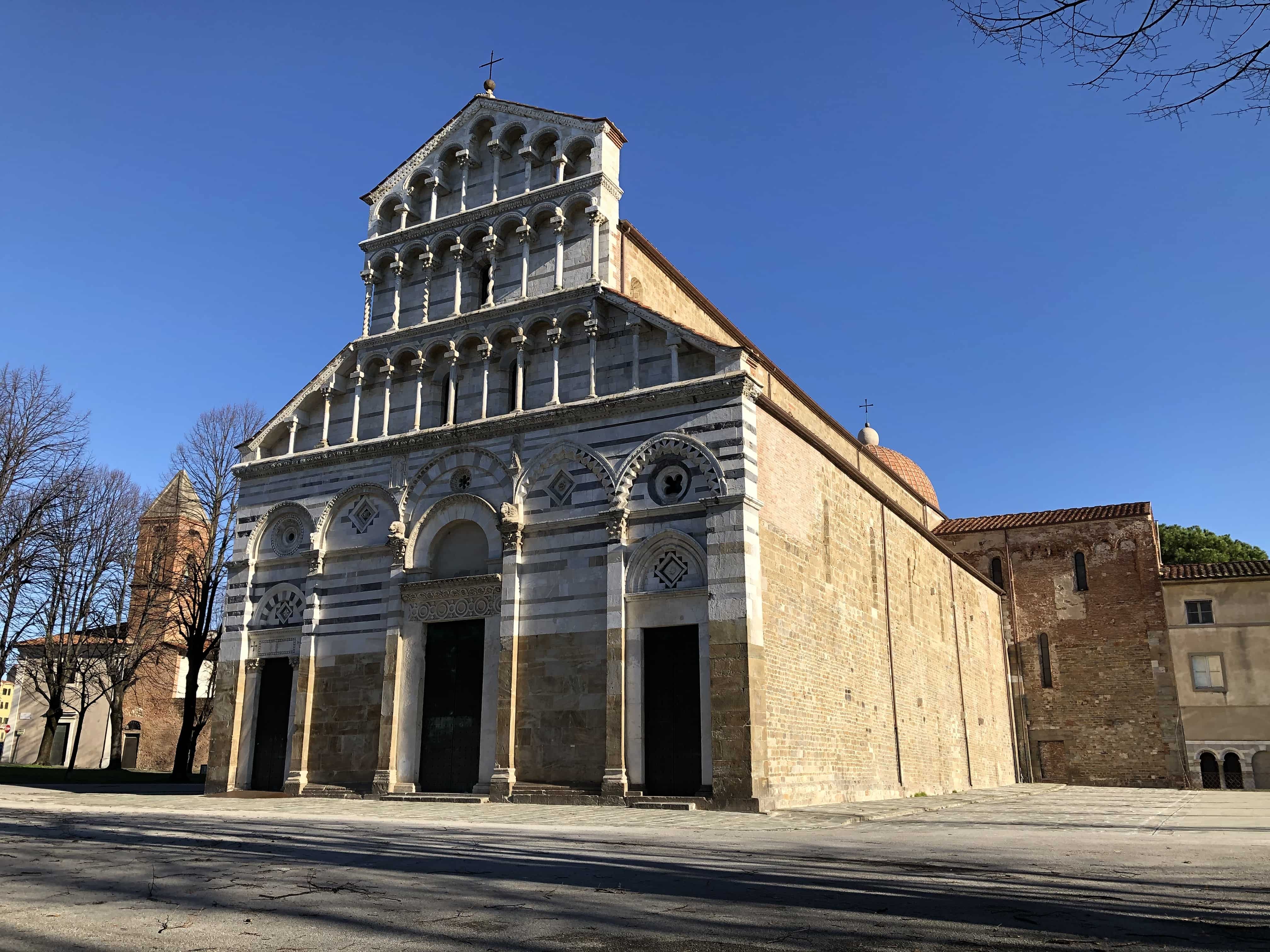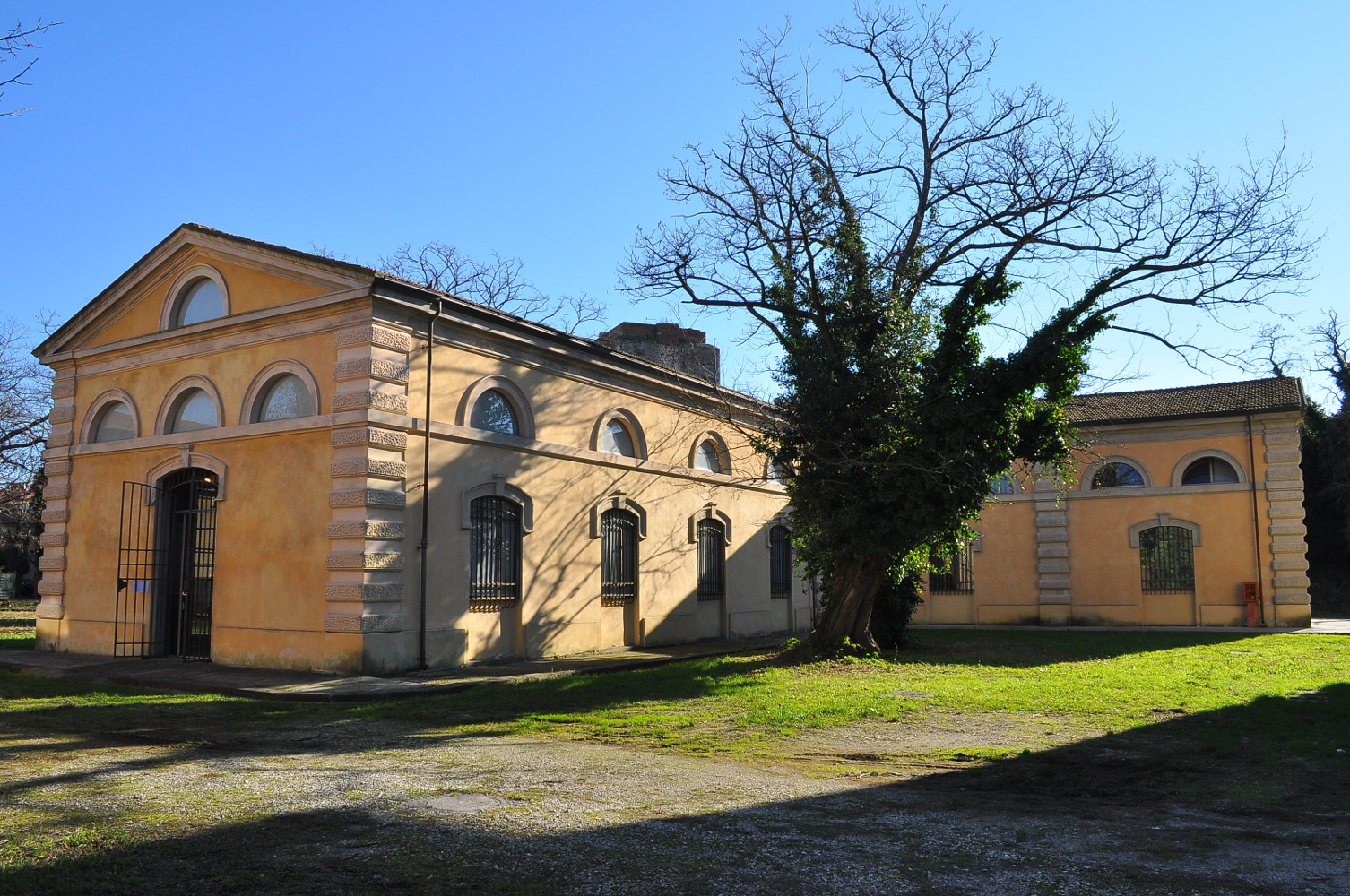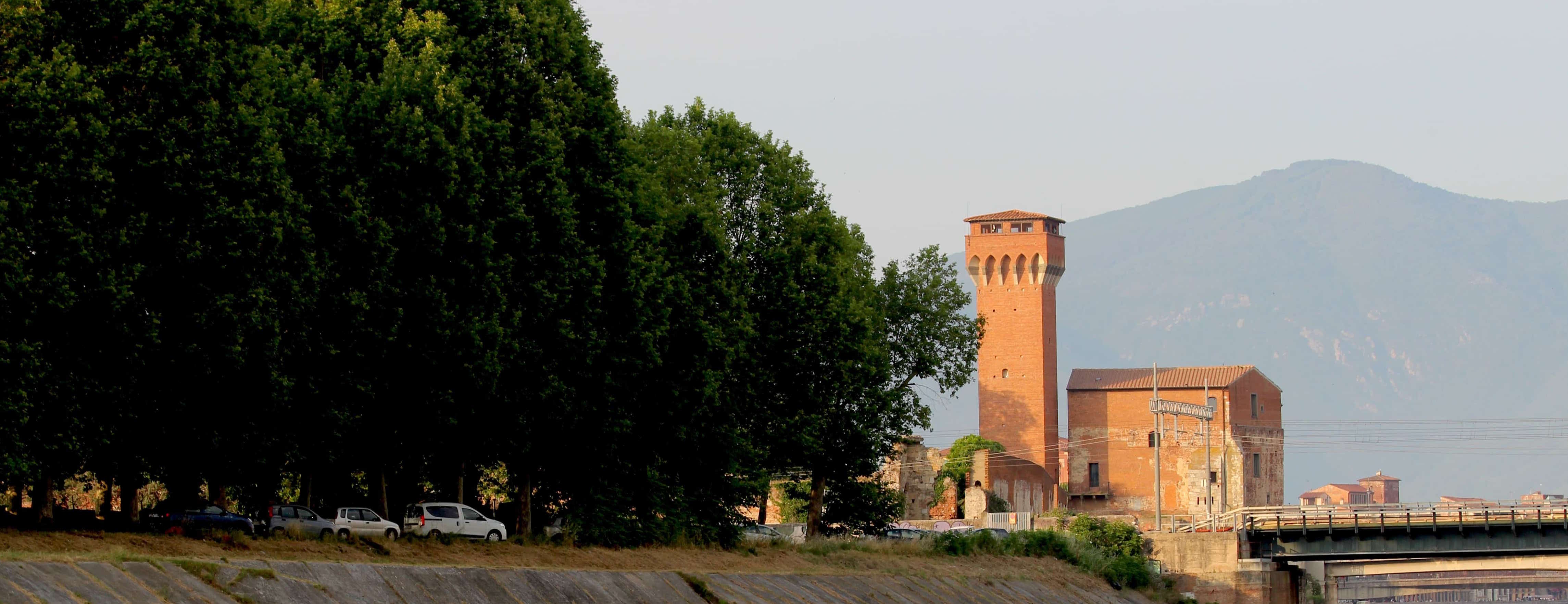Chiesa di San Silvestro
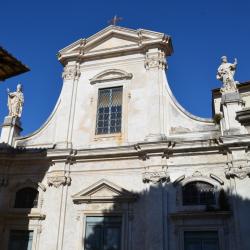
The church was founded in about 1118 by Benedictine monks from Montecassino, who remained in possession until 1270, when it became a priory. In 1331 it passed to Dominicannuns who used part of the Church for worship.
The Rococo facade, designed by Francesco Quarantotti, was built in 1770-72 by Giuseppe Vaccà; on the corners of the second order are two statues of S. Domenico and S. Silvestro from the same period as the façade. The Romanesque lintel carved with Stories of Costantine and Pope Silvester that once stood over the door is now in the S. Matteo Museum.
The apse is decorated with dead arches and hanging archlets; there were also 12th century pottery basins now replaced by copies. The originals are in the S. Matteo Museum. The square brick-built bell-tower is on the left; the open belfry with double mullioned openings is at the top.
In 1782 the monastery became a Conservatory for the daughters of noblemen, then, in the 1800s it was consigned first to the Order of St. Francis of Sales, then to the Ministero dell’Interno that used it in several ways: as a prison, students’ lodgings, a workshop for restoring frescos. The carved and gilded ceiling is 17th century and includes nine canvasses painted by Aurelio Lomi; the Resurrection is at the centre; around are the Four Evangelists, St. Catherine before the Tyrant, Pope Silvester Crowning the Emperor Constantine, and Saints Dominic, Peter and Paul and an Adoration of the Magi. The church also once held some medieval paintings, now in the S. Matteo Museum, including the famous altarpiece of St Catherine and stories that, according to legend, in 1235 was discovered floating on the waters of the Arno and was recovered by the Prior of S. Silvestro.

